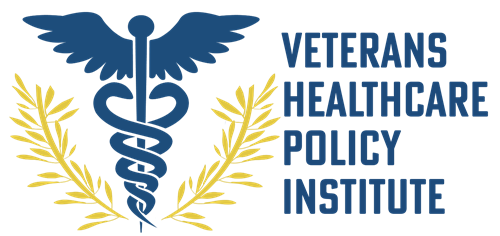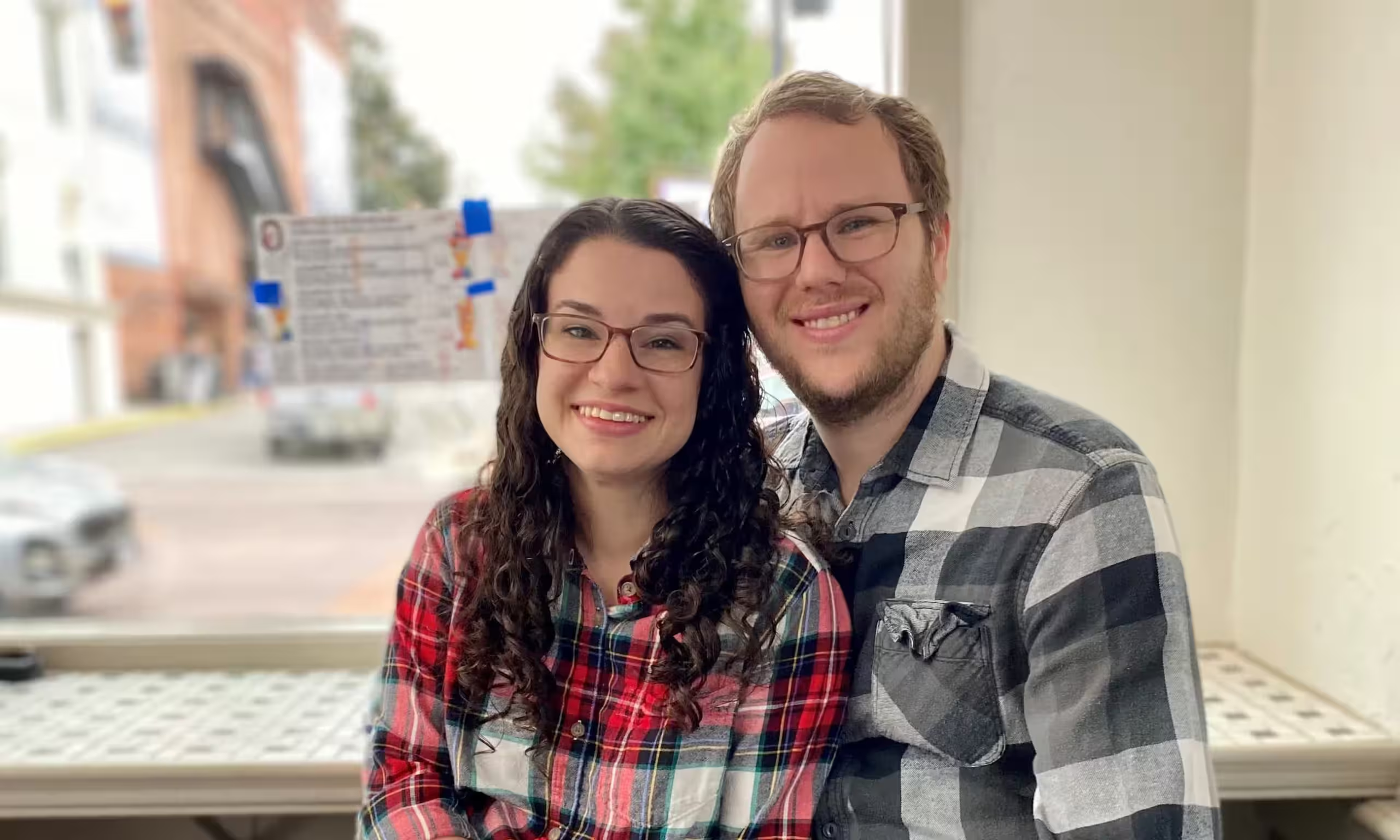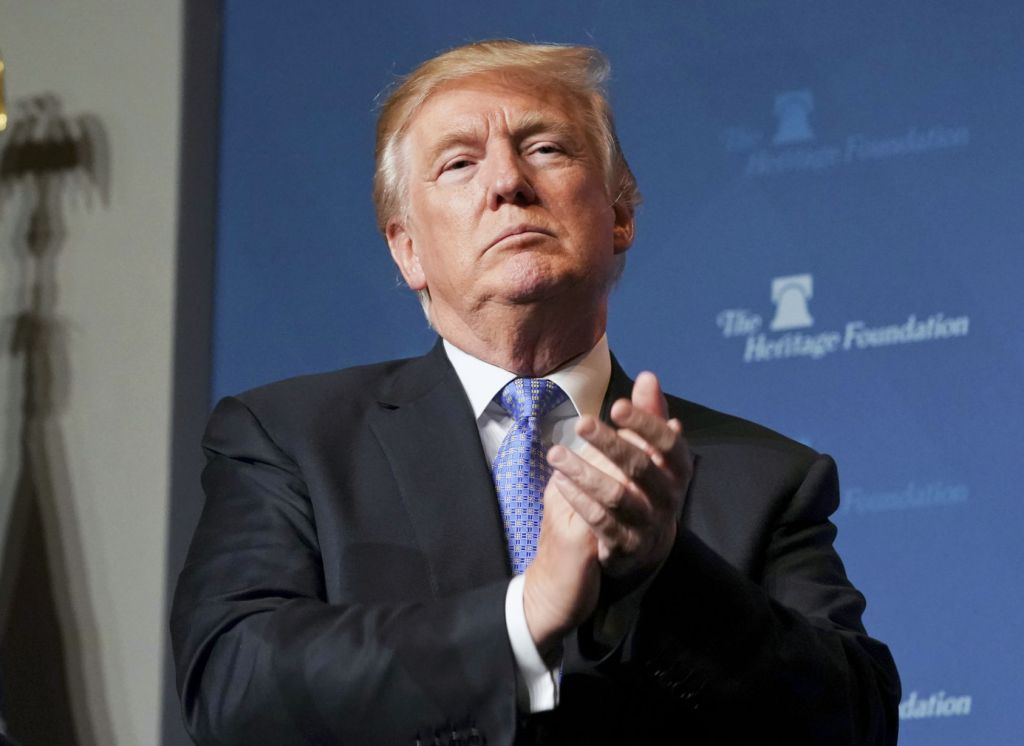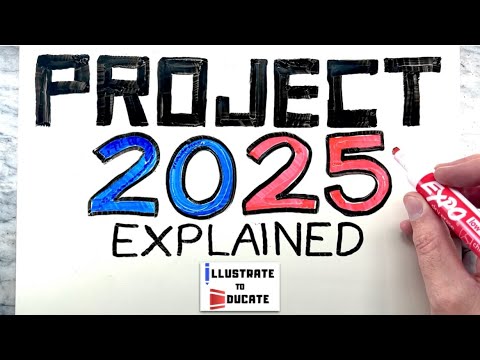Originally by Julian LaRosa at beyondchron.org
As we close in on the final days before the election this month, I haven’t been able to shake the worrisome thoughts of what a very possible second Trump presidency could usher in, particularly for my fellow veterans and San Francisco neighbors. Trump and his running mate J.D. Vance have made clear that they want to privatize the Veterans Health Administration(VHA) , the health care system run by the Department of Veterans Affairs. And they have a detailed plan on how to do just that, courtesy of the Heritage Foundation’s Project 2025, a 920 page roadmap on how to dismantle the federal government and each and every one of its Departments.
According to a report published by the Veterans Healthcare Policy Institute, Project 2025 aims to dismantle one of the most vital institutions in the country when it comes to serving veterans. One way they would do this is by redefining what conditions would be considered to be service related and whether veterans could receive healthcare and benefits because of these conditions.
Supporters of Project 2025, like Trump’s former VA Secretary Robert Wilkie and Daniel Gade, the Commissioner of the state of Virginia’s Department of Veterans Services, have made it quite clear that they do not consider PTSD (or other mental health conditions like military sexual trauma) to be more than having a bad morning.
For the better part of the past fourteen years, September (Suicide Prevention Month) has either led me to the edge of a pitch black abyss or been a light to help guide me out of that darkness. After I left the Army in 2011 where I served in the infantry, I spent most of the time white knuckling my way through brief episodes of severe depression and anxiety with the help of willpower, humor, substances, or an easy distraction. But over time willpower and resilience weren’t always enough to overcome my most persistent, nagging thoughts that maybe I and my loved ones would be better off if I died.
I’d heard the statistics for years about veteran suicide. I’d written about the severity of the suicide epidemic as it reached its heights claiming 22 veterans a day. I even learned that most of those suicides occurred because many veterans simply didn’t seek help at the one place that specialized in their problems – the VA healthcare system. None of this spurred me to actually seek care though. Maybe it was because, so often, at least in the earlier years, these suicidal tendencies which appeared from out of nowhere, while easy to notice were even easier to dismiss and bury down deep.
Once I was conscious of these patterns, I could see, in hindsight, that they’d manifest more slowly, creeping in through self-destructive habits. Finally, four years ago, I sought care at the VA when I finally realized it wasn’t something that would fade in and out after a few days or weeks of distraction, but rather is a condition that continues to live with me forever and needs treatment and a support system. With the help of a small team at the VA, I’ve been able to claw my way out of a crippling depressive episode that had trapped me in something of a state of social, mental, and emotional paralysis for several years. The team taught me to develop the tools and strategies I’d needed for years so that I am now able to recognize the changes in my behavior and emotions and can catch and correct my behaviors before they reach that catastrophic point of implosion.
I am now aware that over the past decades, the VA has made significant progress in helping veterans across the country navigate our struggles. While I’m thankful for the care I’ve gotten these past few years to help me pull my head and life back together, I have also become aware that these programs are endangered by attacks on veterans, through the VA in particular and government financed programs more broadly. During this election season, the most significant attack comes in the form of the Heritage Foundation’s Project 2025. Although the media has focused a lot on Project 2025 , they haven’t mentioned much about what these proposed policies would do to the programs run by the Department of Veterans Affairs.
Should their view of veterans’ problems prevail, veterans like myself would no longer receive the therapy that has saved my life and that of countless others. Furthermore, tens of thousands could be thrown on the street due to being stripped of the disability pensions that they depend on just to meet the barest minimum of life’s necessities. This would result not only in an influx of homeless veterans but also potentially increase the number of veterans who die by suicide. Just in San Francisco, there are over 600 veterans among our unhoused neighbors, and approximately 40,000 nationwide.
I know that for myself and many other disabled veterans, that VA compensation is a lifeline that provides a stable guarantee that we can pay our rent in a very modest apartment and maybe have some leftovers for other expenses. If Project 2025 is successful in stripping away the financial security of veterans, I expect that 40,000 figure to explode over the coming year or two as compensation is stripped and political/financial support for HUD’s veteran housing program dries up.
To make matters worse, the past several years have seen colossal shifts toward privatization of the VA’s healthcare system. Where people used to be able to get all their needs met at a local VA hospital (Fort Miley in San Francisco’s Richmond District), nearly half of their budget now is used to subsidize the outsourcing of services to private clinics all over the Bay Area. While initially portrayed as “choice” for veterans needing urgent care, the VA’s community care program has become less of a choice and more of a mandatory burden. Instead of going to the hospital for care, services are farmed out to providers all over the Bay.
While I used to live an easy walk (just a few blocks) away from the VA hospital, I was sent to physical therapists, specialists, and evaluations seemingly all over the Bay Area. What may be easy for someone with a car gets much more complicated when you take a bus to BART across the Bay only to catch another bus to a shuttle in a several hour commute through four counties, and that burden doesn’t even include the added difficulty for the unhoused of navigating a healthcare system while living in the cold and not having a place to receive notifications of these scattered appointments via the mail.
To help people stabilize their lives and overcome homelessness, it takes a concerted effort of a) providing comprehensive healthcare, b) building and acquiring enough housing to ensure a unit for all, c) the coordination of being able to place thousands of people into those units, and d) dedicated case managers to help people navigate each of these resources and oversee the sometimes long process of helping people get back on their feet.
Through Project 2025’s denial of the significant progress the VHA has made throughout the past generation when it comes to understanding and navigating the unseen wounds of war, the Heritage Foundation is toying with veterans just as veterans of Iraq and Afghanistan join the ranks of those who suffered a host of ailments after serving in the war in Vietnam.
Project 2025 and its promoters are waging what amounts to a war on veterans and the specialized care that we need and deserve after serving this country. Protecting the literal lifeline for thousands of vets should not become part of a political battle. If politicians want to, as so many say, fulfill their sacred mission to veterans, they should reject Project’s 2025’s VA agenda and give us the help we need from the folks who’ve spent decades learning how to actually help us. While the VA does have its faults and room for improvement, you wouldn’t burn down your house because your heater isn’t working. We need our leaders to step up and actually fix the faults at the VA, not blow it up and leave us to pick up its pieces on our own.
Read the Original Story





